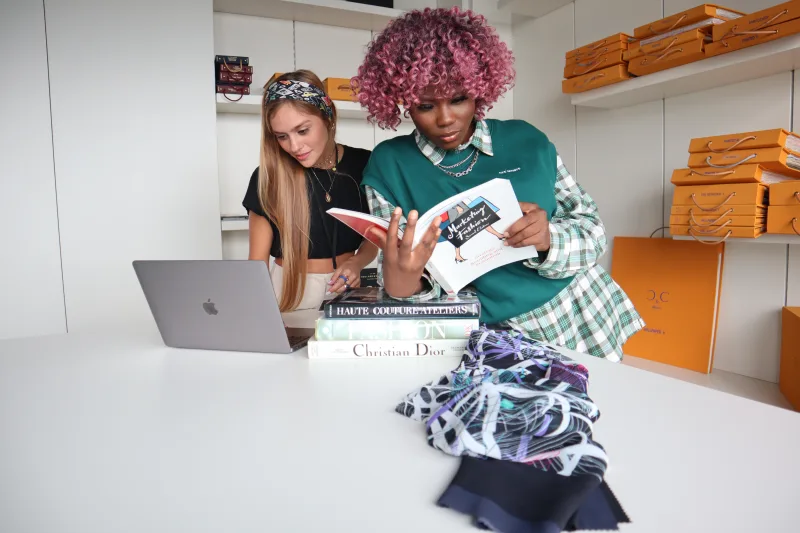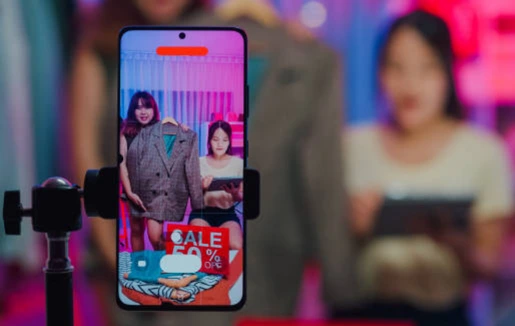Paths in Fashion Merchandising
More than just purchasing clothes for stores, fashion merchandising consists of various aspects that still combine business tactics and research with the creative vision and innovation of fashion. Although similar, each of the following roles has its own responsibilities but makes up the umbrella of fashion merchandising.
Retail Buying
Responsible for selecting and purchasing merchandise for stores. In order to do so and make decisions accurately to increase profitability, sales data are analyzed, market trends are monitored, and negotiations are conducted with suppliers.
Visual merchandising
Create visually appealing displays and layouts to drive sales and enhance the overall shopping experience. Works closely with designers and store managers to establish attractive store environments.
Product Development
Collaborate with designers and manufacturers to release new products to the market based on research and market trends. Manage the production process to ensure products meet its consumers’ demands.
Trend Forecasting
Analyze consumer behavior, previous trends, and cultural shifts to predict future trends. Share insights with brands and retailers to guide them through product development and marketing strategies.
Merchandise Planning and Allocation
Ensure inventory levels align with consumer demand by analyzing sales data and trends to determine the correct quantity of merchandise to purchase and distribute to different stores.
Essential Traits for Success
Although a formal education is not necessarily required in the fashion industry as it’s a highly creative field, the teachings of the classroom may be deemed vital in order to enhance your ability within the industry. Picking up skills like the following from merchandising, management, or related fields can help the journey into the fashion industry.
Creativity: Since fashion merchandisers work directly with various materials, designs, and styles, they should be able to recognize products that follow trends and have the potential to be successful all while being able to express this vision to consumers.
Communication: Written and verbal communication skills are a must in order to accurately describe a specific item, express the vision of a product, and persuade consumers of the product to create desire.
Persuasion: Similar to the need for communication, fashion merchandisers should be persuasive to convince audiences to buy products by being able to identify and communicate the appeal of the item.
Decision-making: The ability to make decisions is a vital part of the industry and can affect the success of a brand. Merchandisers of any kind have to decide which items should be purchased based on what is likely to be popular.
Attention to detail: Identifying the details of a design is what will put it on the path to being a successful item in merchandise. Paying attention to trends through colors, styles, and materials is extremely important.






0 Average rating (0 reviews)